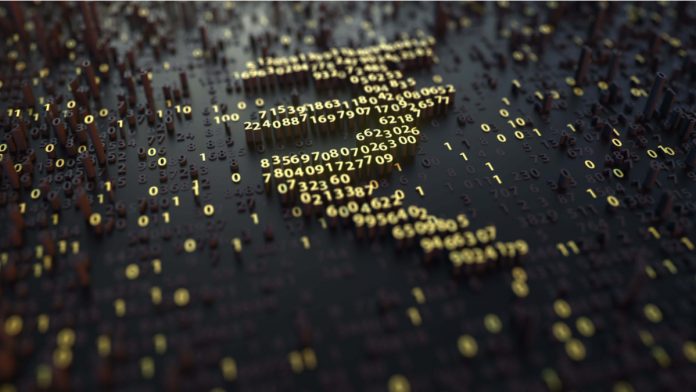GBP/INR has bounced back above 98.000 at the start of the week, after a correction that sent the price to a low of 97.151 last Wednesday. Currently, one British pound buys 98.069 Indian rupees, up 0.10% as of 6:20 AM UTC.
The fundamentals are dry as dust, so the currencies are reacting to broader geopolitical news and the sentiment around the pandemic.
On Saturday, Bank of England (BoE) chief economist Andy Haldane said that the British economy was on a path of a rapid recovery from the coronavirus crisis, citing robust consumer spending. The pound might have reacted to his comments and is now consolidating above the psychological level of 98.000 against the rupee. Haldane wrote in an op-ed story in the Daily Mail:
“Economic activity in the UK is not falling like a stone. In fact, it has now been rising for more than three months, sooner than anyone expected.”
He admitted that shops kept struggling, but online shopping and sales surged more than 70%. Besides this, businesses in the services and manufacturing sectors increased at the fastest pace in more than five years in July.
Haldane is so confident about the UK economy that he voted against expanding the central bank stimulus in June. Still, he said that the BoE would continue to support the economy.
As per Haldane, the GDP is expected to grow by more than 20% in the second half of 2020, with a rate of 1% per week.
“While that leaves activity well below pre-COVID levels, the UK has already recovered perhaps half of its losses,” he noted.
UK Housing Market Surges in July-August
Earlier today, property site Rightmove said that British citizens had bought and sold a record number of houses between mid-July and early August. The number of transactions is 20% higher than the previous record. Rightmove director Miles Shipside commented:
“Rather than just a release of existing pent-up demand due to the suspension of the housing market during lockdown, there’s an added layer of additional demand due to people’s changed housing priorities after the experience of lockdown.”
Average asking prices were 4.6% higher compared to the same period last year, as the usual summer drop in demand didn’t work this time.





